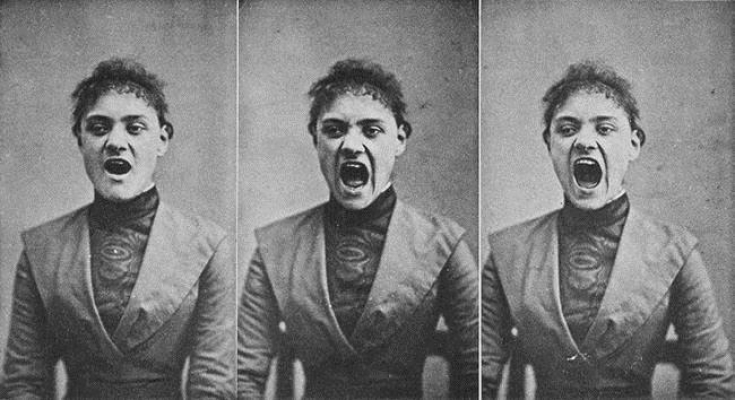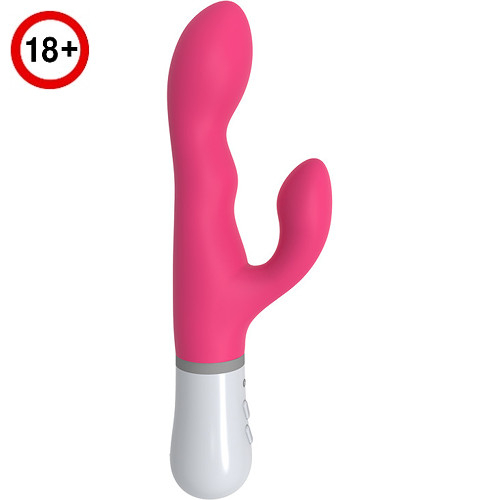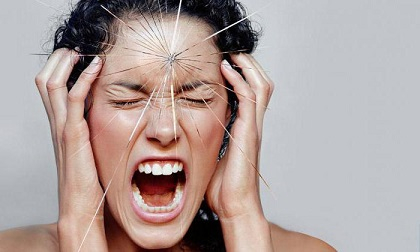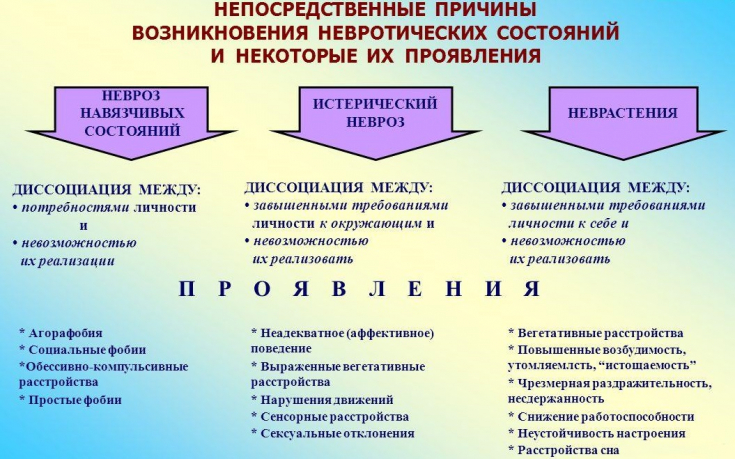When someone overreacts emotionally to a given situation, they are often called hysterical. Often this term is used in relation to women.
For a thousand years, people were sure that such a mental disorder as "female hysteria" and indeed exists. The first description of symptoms occurred around 1900 BC, and the term "hysteria" was introduced by Hippocrates in the 5th century BC. 200 years ago. Prior to this, this phenomenon was associated with the intervention of otherworldly forces.
"Hysterics"
were called witches, believed that they were possessed by a demon, and even executed. Symptoms of the illness included paralysis, hallucinations and nervousness.
The history of hysteria: how the term of the disease originated
Hysteria in modern psychology
Hysteria was caused by wandering wombs
Vibrator and shower as methods of treating hysteria
Hysteria: myth or
In the late 1800s, hysteria began to be seen as a psychological disorder. French neurologist Jean-Martin Charcot used hypnosis to treat those suffering from hysteria.
Subscribe to our page on
Instagram!The boom of female hysteria falls on the Victorian period in the UK. At that time, tens of thousands of women were diagnosed with the same diagnosis, while they allegedly had the same symptoms (back pain, nervous tics, convulsions and increased sensitivity to touch). By the way, a film called "Without Hysteria!" was even made on this topic. (2011), which talks about methods of dealing with bouts of female hysteria in England.According to the then physicians, the cause of the disorders was the displacement of the uterus, and aromatic salts were prescribed for prevention. It was believed that as soon as a woman with such a diagnosis, feeling excited, inhales the aroma of salts, the "wandering uterus"
How to deal with aggression: five effective ways
This method of treatment was described by Hippocrates, who was trusted until the 19th century, when the connection of nervous disorders with a state of nervous system has become apparent.
Unfortunately, female hysteria has sometimes been treated with radical methods. One of them was Robert Betty, who performed spaying on healthy women.
In the twentieth century, Sigmund Freud began to study hysteria, stating that men can also suffer from such a disorder. In 1980, a decision was made to remove hysteria from the list of diseases, defining it as one
of the symptoms of other mental disorders.
Hysteria in modern psychology
Psychology today recognizes various types of disorders. dissociative disorders. These types of disorders include dissociative identity disorder and amnesia.
The Effects of Stress on Physiological Health
In 1980, the American Psychological Association changed hysteria to "conversion disorder".
Hysteria was the first mental disorder attributed to women (and only women) – including the following symptoms: nervousness, hallucinations, emotional outbursts and various sexual urges
The body remembers everything: where the experiences were hidden
Sexual thoughts were a symptom of hysteria Fainness, outbursts, nervousness and irritability were not the only signs of female hysteria; some key aspects of female sexuality, desire and sexual arousal were also on the list. According to Mother Jones, "excessive vaginal moisture" and "erotic fantasy" were also considered symptoms of the disease.
The influential British physician Thomas Sydenham once stated that female hysteria was the second most common disease of the time, right after fever.
 What's the connection between stress
What's the connection between stress
and woman's health
Methods of treating the disease "hysteria"
At various points in history, many health professionals have taken female pelvic (i.e., female genitalia) massage as a cure for female hysteria, resulting in "hysterical paroxysm"; or orgasm. Although the practice dates back to the Renaissance, and even earlier, it became a source of income for a medical institution in the Victorian era.
“Psychology Today.”
Vibrators and showers as treatments for hysteria
When the vibrator appeared in the late 19th century, technology historian Rachel Maines explains in her book Orgasm Technology, it was conceived as an "electromechanical medical instrument"; to provide more reliable and effective physical therapy for women who suffer from hysteria. And it was a welcome step forward. Physicians "looked for every opportunity to replace their fingers with other devices," writes Maines.
According to Mines's research, at various points high-pressure showerheads or hoses have also been used to treat hysteria (as well as clitorectomy, it should be said). One French physician, writing in the mid-1800s, explained that at first this kind of powerful douching was unpleasant, but then “the reaction of the body to cold, which causes reddening of the skin, causes pleasant sensations. Women were not supposed to do this hydrotherapy for more than four or five minutes.
 Sex in religion: how world religions
Sex in religion: how world religions
get along with the spicy topic
Unfortunately, we are still feeling the impact of an entrenched medical diagnosis today. "Crazy" and "hysterical" labels are women who are easily "turned on" and too emotional.
 Watch us on YouTube:
Watch us on YouTube:







Add a comment